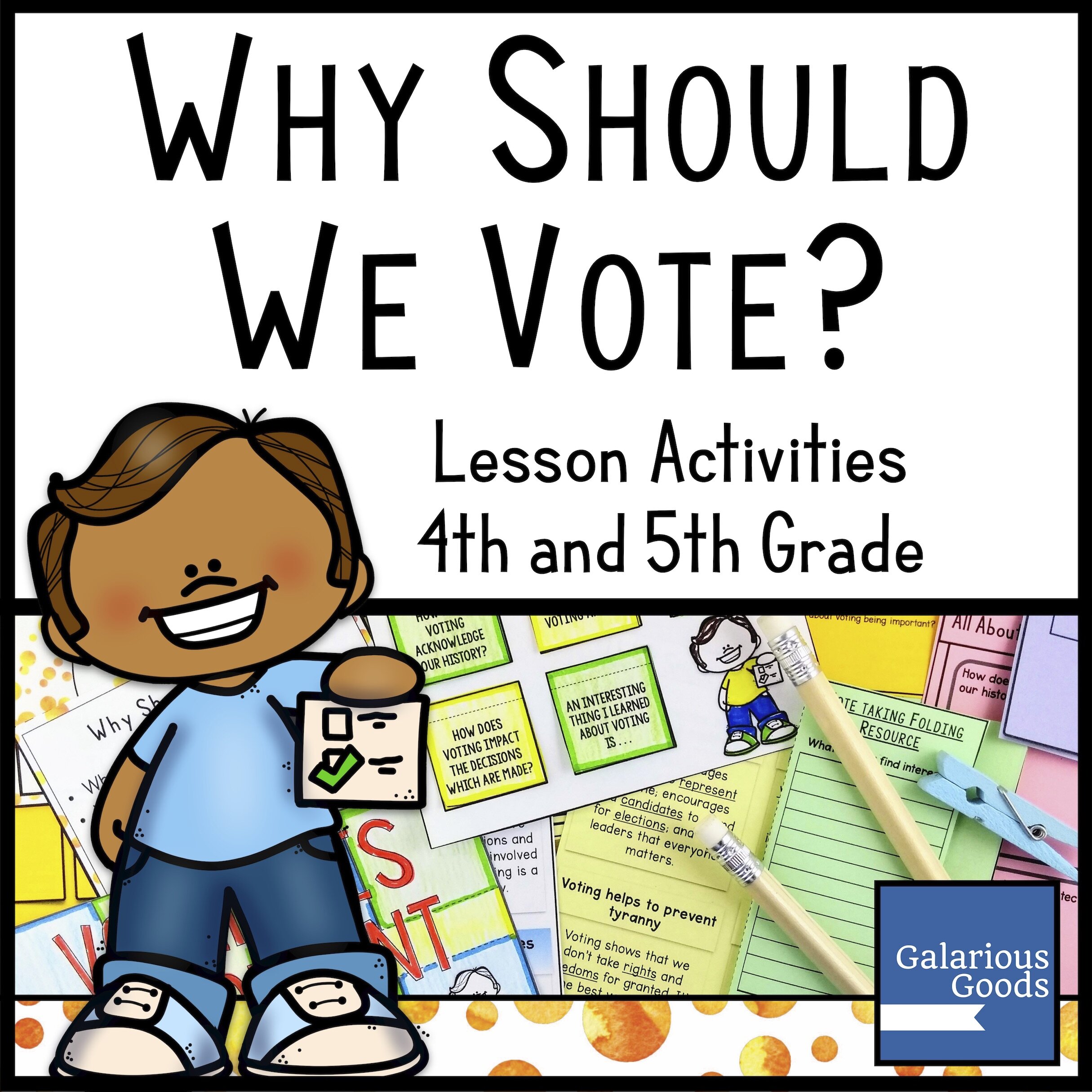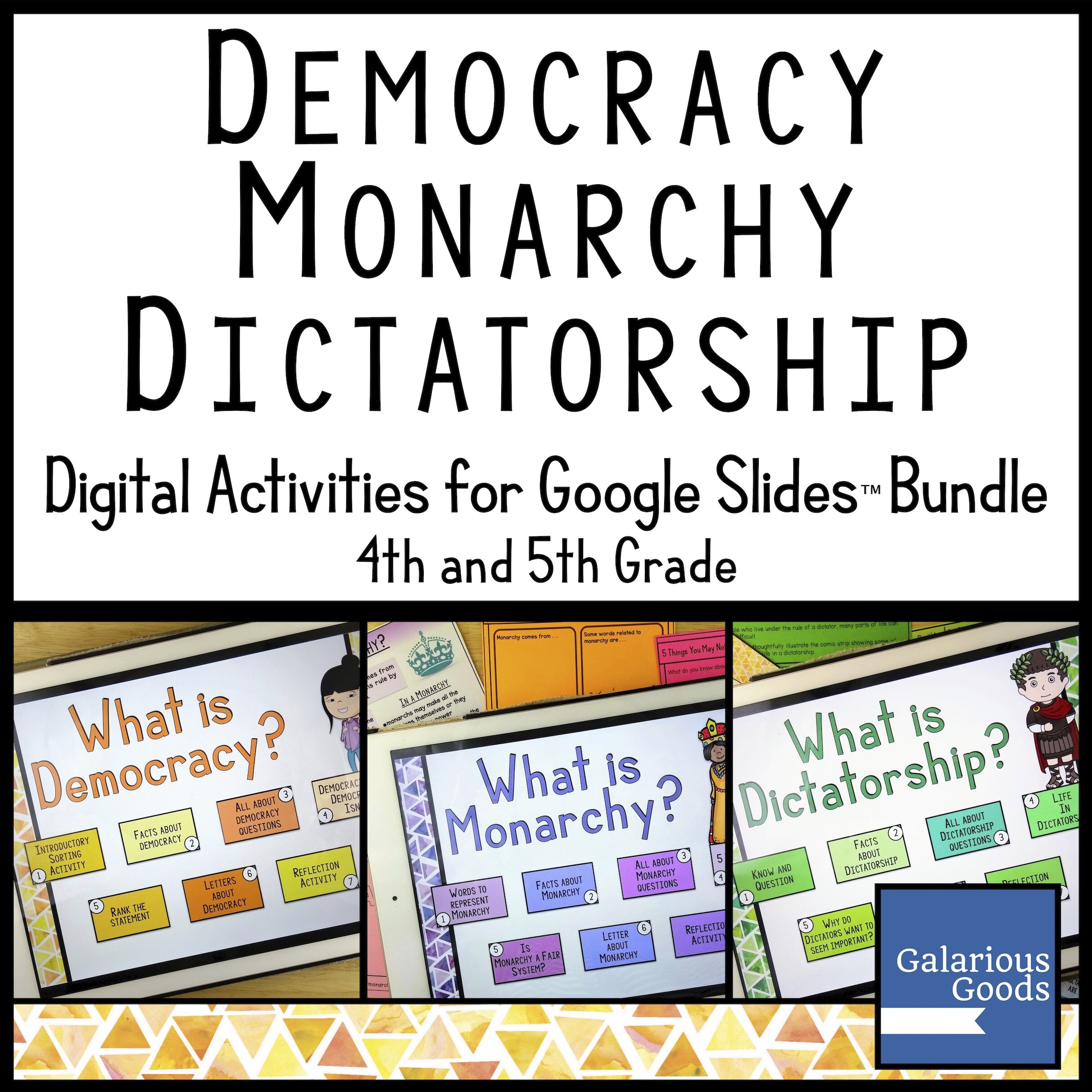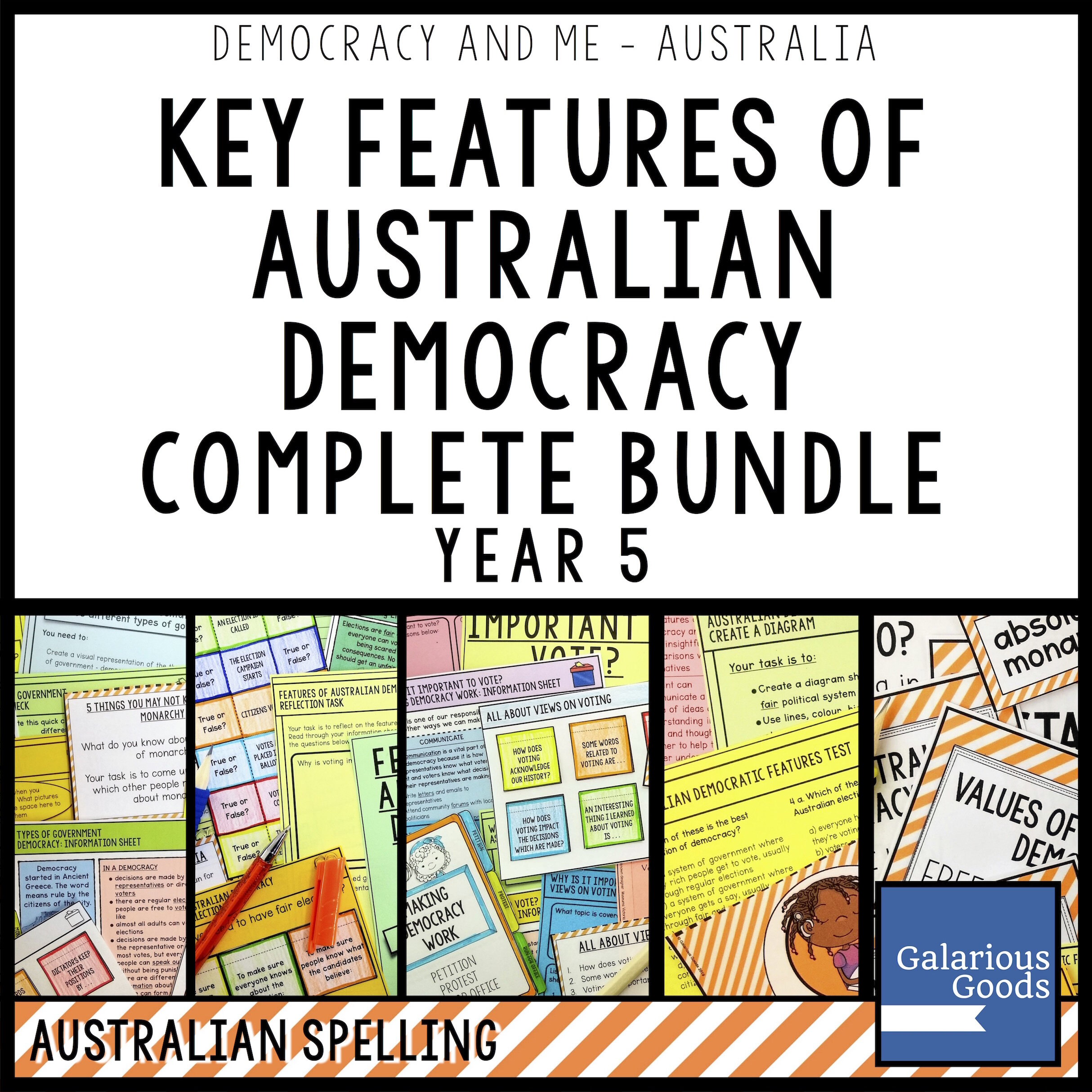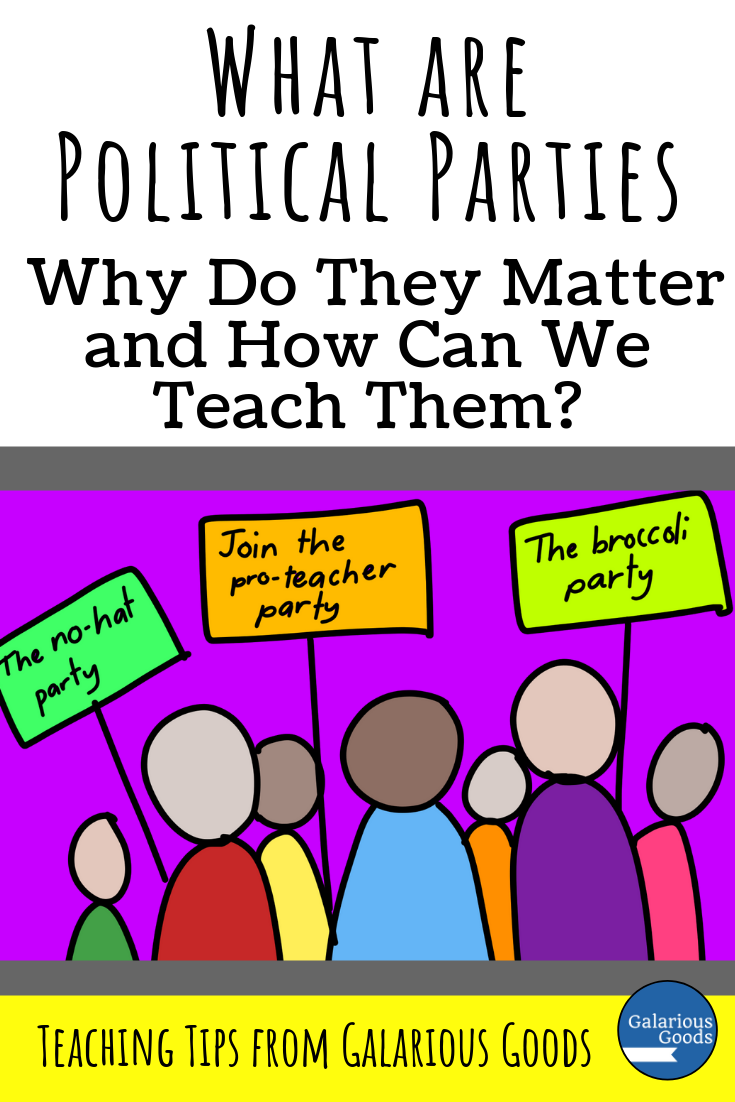Teaching the Government of Other Countries - Why and How?
/Teaching about the government of your own country can get complicated enough (preferential voting, anyone?!) without bringing other countries into it. But, learning about governments around the world can be incredibly valuable to students and it's definitely aan exploration worth adding to your classroom.
Why should you teach about the political systems of other countries?
We live in a global world - what happens in one country can influence the events in other countries. Understanding the domestic political systems of other countries can help students gain a better understanding of treaties, interactions between leaders, global events and the actions of international organisations.
Learning about other countries allows students to make comparisons. Making comparisons is an important skill for students to develop - especially when they understand why there are differences and similarities in different systems. The better they understand different systems, the more nuanced their comparisons can be.
Investigating the political systems of other countries helps students to foster an interest in the world. The political systems are usually influenced by the history of a country - and their relationships with other countries - and changes usually reflect the people. Learning about these elements allow students to develop a global view.
Learning about the governments of other countries can help students develop a better understanding of their own government systems. Many political thinkers throughout history have been inspired by things they observe in other countries and wondering how they would work locally or how they can be improved for different situations.
How can you teach about the political systems of other countries?
Pick one country to look at in-depth. Examine what the elected positions are, how people vote for them, how the electoral systems have changed over time. Look at what outside influences have altered the political systems of the country.
Pick one country to look at side by side with your own country. Create timelines of major electoral events. Examine the responsibilities of different elected roles. Look at who can vote and when different groups of people received the right to vote.
Pick one element - like elections - and examine a range of countries. You might like to create a 'day in the life' of the political leaders or write instructions for first time voters in each country.
Break students into smaller groups to examine different elements or different countries. Bring students together to share their learning or create a display for students, other classes and their families to explore.






















